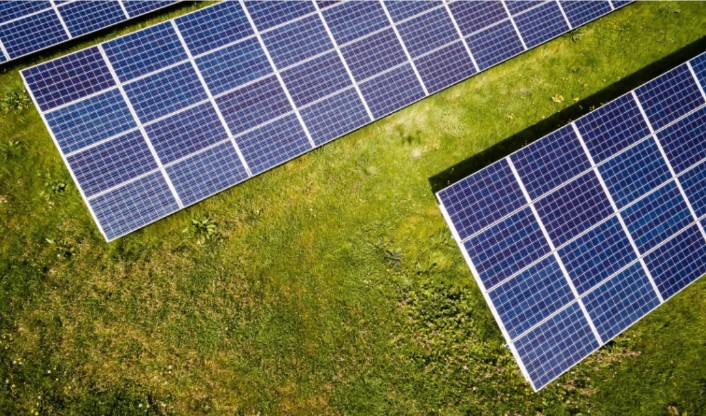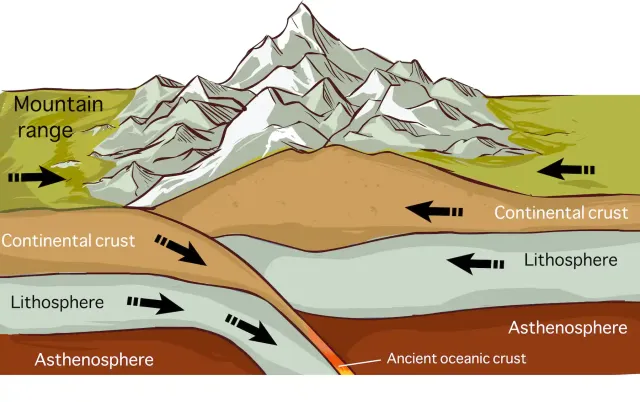With more and more people hailing solar energy as the next best way of reaching maximum renewable power, there have naturally been a lot of searches for new ways to make the most of this clean power. Traditional solar panels have served us well until now but also come along with some limitations that hold back their efficiency.
Enter Back Contact (BC) PV panels, a newer and more efficient technology. These panels are gaining attention because they address many of the issues with older designs. In this post, we’ll explore why BC technology is seen as the future of solar energy, offering better performance and greater growth potential.
Understanding Back Contact (BC) Technology
BC technology is a unique design concept where the electrical contacts are placed at the back of the solar panel rather than at the front. It is just such an easy consideration but has significantly improved on the efficiency of the panel by giving less energy loss.
Front side of the BC panels do not have any wiring like front panels have in the case of the traditional photovoltaic panels, and thus it will permit more sunlight to shine down on the panels in order to be able to absorb more sunlight and end up converting more sunlight into energy.
This is where the name “Back Contact” comes from: all the electrical connections have been hidden on the back. Not only is it going to increase performance-but the panels will look sleeker, that is appealing for homeowners looking for efficiency along with aesthetics.
Key Advantages of Back Contact PV Panels
One of the biggest advantages of back-contact PV panels is their higher efficiency. Moving the electrical contacts to the back makes more surface area available to capture sunlight, leading to better energy conversion and less energy loss.
Another benefit is their improved aesthetics. With no visible wiring on the front, BC panels have a clean, modern look that blends more seamlessly with rooftops, making them ideal for homeowners who care about appearance.
BC panels also perform better in low-light conditions. Since these will either be clouded or partially shaded, more sunlight will be caught by them, hence ensuring that they always give reliable energy compared to the conventional panels.
In this regard, BC panels are known to be resilient and last longer. Because the contacts are located at the backside, the sensitive parts experience less wear, and hence, the panels can last longer with minimal maintenance over time.
Innovations in BC Technology
BC technology has recently improved significantly to make these solar panels even more efficient and reliable. One significant innovation deals with advanced materials, which improve on energy conversion, thereby able to generate more power from the same amount of sunlight.
Another exciting development is the integration of BC panels with energy storage solutions. By combining BC technology with modern battery systems, homeowners can store excess energy for use during cloudy days or at night, maximising the benefits of solar power.
Researchers are considering improving the manufacturing process so that BC panels become cheap; possibly reduce the costs and expand it to reach many people earlier.
With these innovations, BC panels are positioned to continue evolving, offering even more efficiency and flexibility for both residential and commercial use.
Market Adoption of Back Contact PV Panels
The adoption of Back Contact PV panels is steadily growing as more industries and homeowners recognize their advantages. Countries with a strong focus on renewable energy, like Germany, the U.S., and Japan, are leading the way in adopting BC technology due to their efficiency and sleek design.
Many leading solar manufacturers now offer BC technology as part of their product lines. Industry leaders like SunPower and Panasonic are at the forefront, encouraging more widespread adoption of these high-power panels in residential and commercial applications.
The high-performance solar solutions are becoming increasingly popular worldwide, and BC panels are ideally positioned to capitalise on the trend. Building on increased concern regarding renewable energy and government incentives that drive the adoption of solar power, BC technology stands to take the center stage in the key markets across the world.
Challenges and Limitations of Back Contact PV Technology
Despite its advantages, Back Contact PV technology faces a few challenges. This partly is because the up-front cost of BC panels is very expensive. It is more capital intensive to produce BC panels than to assemble ordinary solar panels. Therefore, it is not readily available for some home owners, especially those in lean regions.
The complexity of manufacturing BC panels also adds to the cost. The precision required to place electrical contacts on the back increases production time and requires more advanced technology. This can slow down mass production and limit their availability in certain markets.
Additionally, market awareness is still growing. While BC panels offer clear benefits, many consumers and businesses are more familiar with traditional PV panels. This can delay adoption as people may hesitate to switch to newer, less familiar technology.
Efforts to lower costs and simplify production are ongoing, which could help overcome these challenges and make BC technology more widely available.
Why BC Technology is the Future of Solar Energy
Back Contact (BC) technology is considered the future of solar energy due to its unmatched energy efficiency. BC panels offer more power by absorbing maximum sunlight and reducing energy loss.
Their long-term environmental impact is another key factor. This results in having fewer panels generating the same amount of energy, which decreases the material usage and carbon emissions. This makes BC technology a sustainable choice in the push for renewable energy.
BC panels are also scalable and can be used in both residential and commercial applications. As advancements in manufacturing continue to lower costs, BC technology has the potential to replace traditional panels and become the new standard for solar energy worldwide.
As the world moves toward cleaner energy solutions, the combination of efficiency, durability, and aesthetics positions BC technology as a crucial player in the future of solar power.
Conclusion
Back Contact (BC) Photovoltaic Panels: The Future of Solar Technology. Higher efficiency, sleeker designs, and long-term benefits for the environment might make BC the prime candidate for future renewable energy systems. While challenges like higher costs remain, ongoing advancements are making BC technology more accessible.
If you’re considering solar panels, BC technology is worth exploring for its performance and sustainability. Feel free to share your thoughts or explore more about the latest solar innovations in our related posts.






